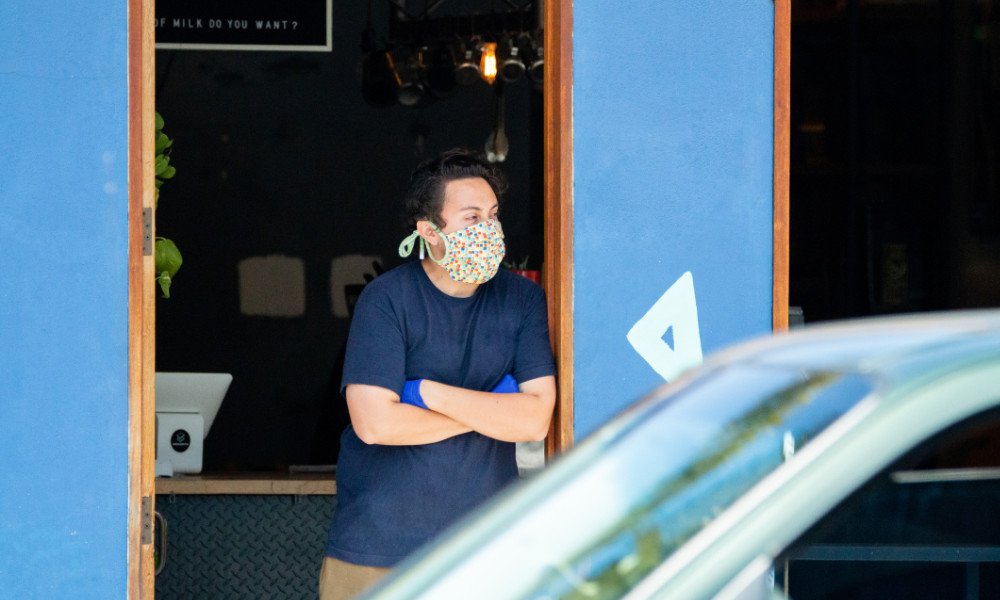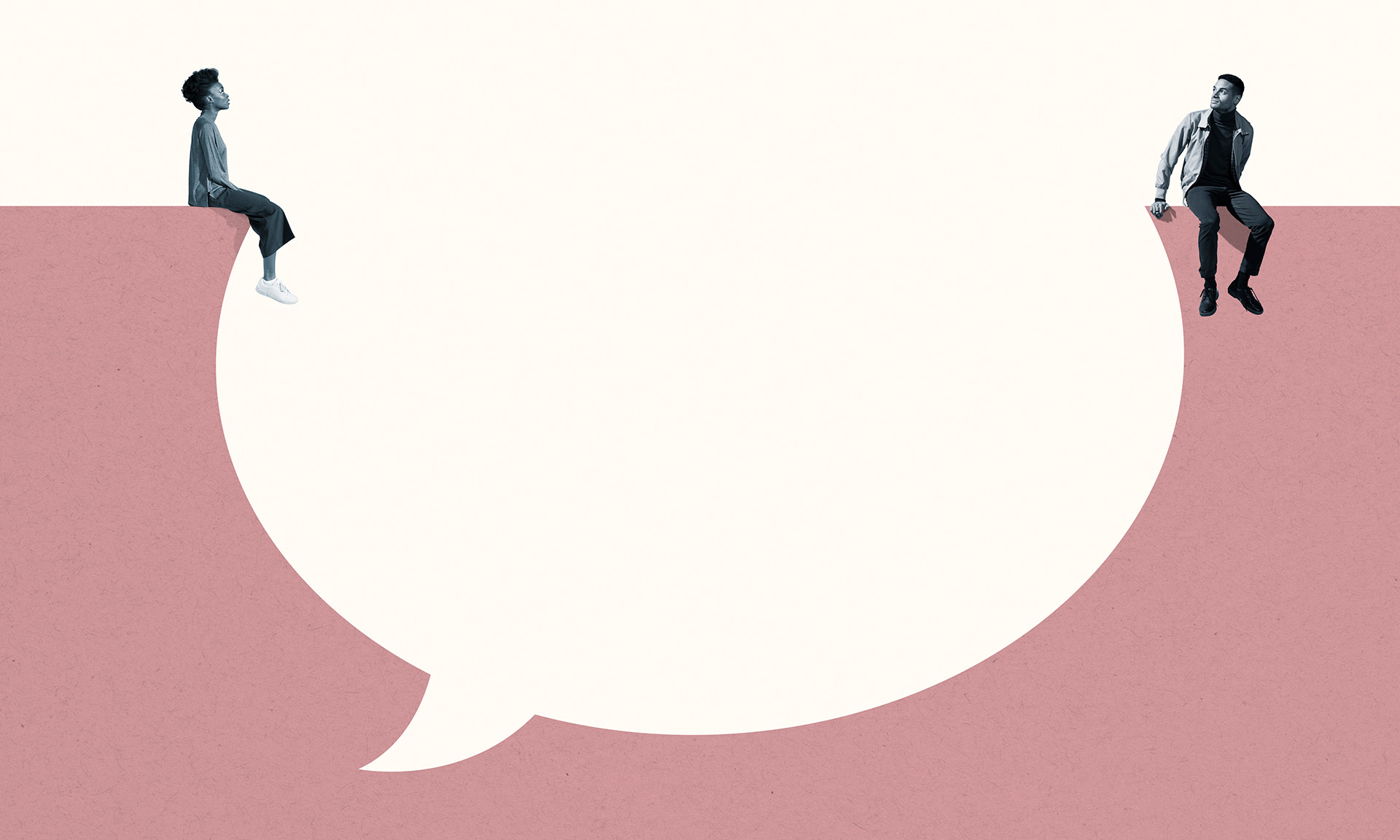The COVID-19 pandemic may be pushing many emerging market nations into two separate crises that could spiral out of control—one involving public health, the other involving individual country’s national debt.
That’s according to Yan Bai, a professor of economics at the University of Rochester, who analyzed how emerging markets are struggling to balance policies designed to keep their populations safe while financing high debt obligations.
“If a country has a lot of debt—or if it has difficulty rolling over its debt—the government will have limited capacity to help its people,” she says.
Bai and fellow economists Cristina Arellano of the University of Minneapolis and Gabriel Mihalache of Stony Brook University detail the financial and health risks in a new paper, “Deadly Debt Crisis: COVID-19 in Emerging Markets.”
They began by studying the effectiveness of lockdowns that began about two months after the initial outbreak and lasted for eight months. Such stay-at-home health orders are effective in reducing the toll of the coronavirus, they note. When half of the workforce stays at home, followed by a gradual relaxation of restrictions, the authors found that the death toll was reduced by half.
But lockdowns come at a price, especially for countries with limited financial resources. People still need to pay for food, shelter, and basic supplies during a pandemic, but if a country is facing a debt crisis, that nation’s policy makers have fewer resources to help citizens make purchases. That means less revenue goes to vendors and landlords, which puts a further drag on the economy, forcing more people to lose their jobs.
“A lockdown means people don’t have access to work, which makes it more difficult for them and their families to survive,” says Bai. “That’s why in Chile, as well as other countries, people have been protesting the lockdown, which, in turn, makes it difficult for the government to sustain its lockdown policies.”
When that happens, countries often soften their restrictions, leading to a worsening of the health crisis. And, as Bai points out, that leads to a further degrading of the economy.
At the onset of the COVID-19 pandemic, the International Monetary Fund (IMF) announced that short-term debt loans and funding initiatives would be available for emerging market nations. The authors argue that those programs need to continue.
“Debt relief programs by the IMF and other international organizations not only help in terms of providing consumption, they also help to save lives,” says Bai. “From that perspective, we find that the return on investment is quite high for the debt relief programs.”
Several countries—including Argentina, Ecuador, and Lebanon—have already gone into default while still dealing with the COVID-19 pandemic. Bai cautions that there could be long-term consequences, as it has historically taken some countries 10 years to come back from economic default.
Read more
 What will it take to restore the economy after COVID-19?
What will it take to restore the economy after COVID-19?Narayana Kocherlakota, the Lionel W. McKenzie Professor of Economics, says the prospects for economic recovery depend on how effectively we can combat COVID-19.
 Reopening the country will do little to restore the US economy
Reopening the country will do little to restore the US economyRochester economist Lisa Kahn says multiple factors—not just stay-at-home orders—combined to generate the recent collapse in the labor market.
 COVID-19 demands a reckoning with hospitals’ fee-for-service business
COVID-19 demands a reckoning with hospitals’ fee-for-service businessA health care system that prioritizes volume over routine care is “structurally incapable” of responding to the challenges presented by COVID-19, writes Mical Raz in a Washington Post op-ed.





